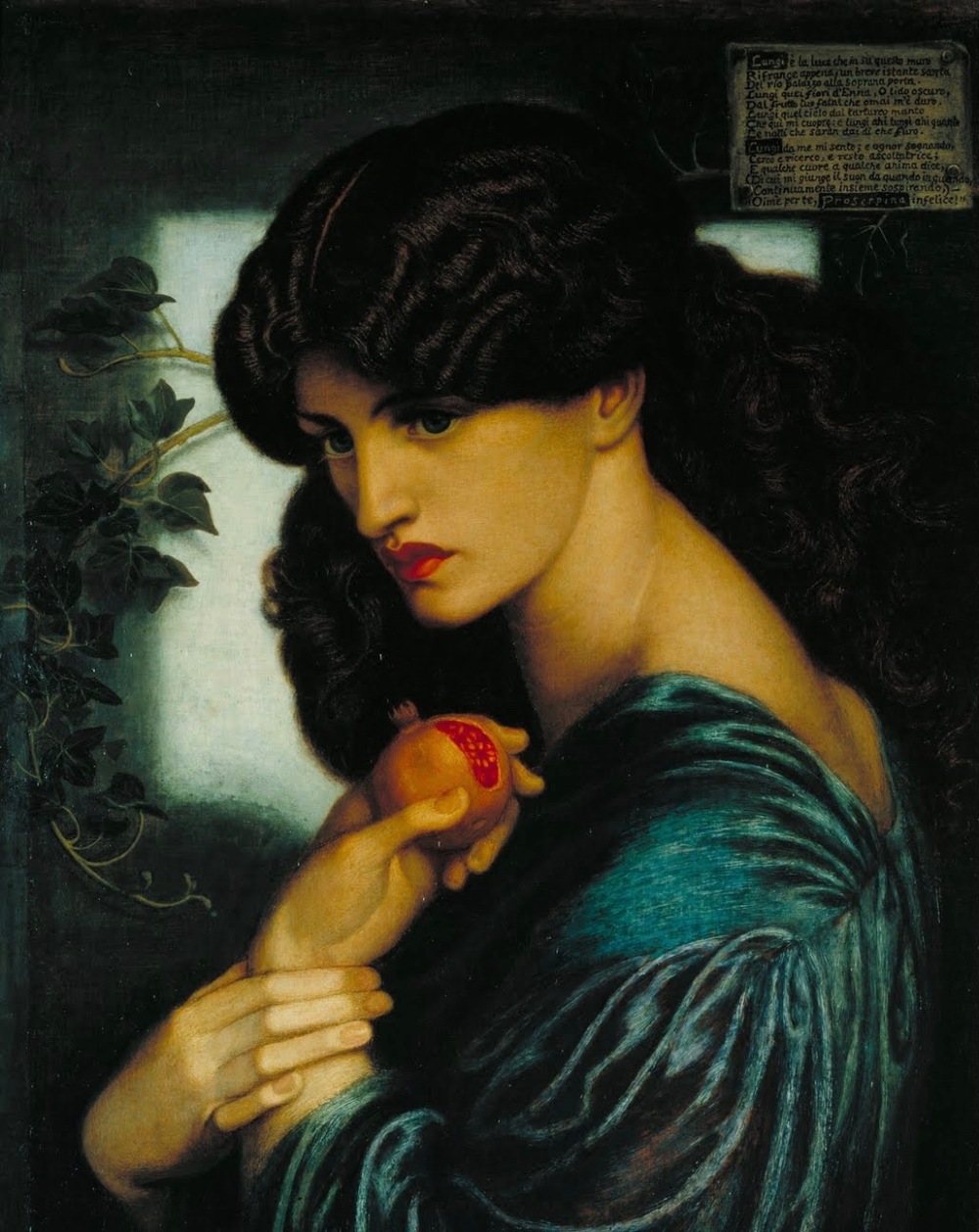The serpent in the Garden of Eden along with the God of Genesis certainly represents Jewry. The serpent as a symbol is a synonym of the Vine of Judah as well as the Vine of Bacchus. The serpent is consistently an ethnic identifier in the symbolism as opposed to a “status identifier” as occurs with other symbols, such as the Lion and the Bull, which appear to have originally been “ethnic identifiers”, corresponding to Aryan and Semite respectively. To wit, it consistently represents Jews or proto-Jews. While this is an association one finds commonly in JEM, this is acknowledged quite directly by the Jewish filmmaker Darren Aronofsky in his 2014 film, Noah. Here the esotericism is thinly veiled.
Indeed, in this film, the Biblical Noah is understood as having preserved the shed skin of the serpent as a tribal totem to be passed down generationally. This detail, predictably decried by unwitting Christian critics of the film, is taken from Rabbinic sources. As an ostensibly “sinister” detail it is, of course, wholly uncontroversial. This is particularly true in light of the “serpent rod” wielded by Moses and Aaron in Exodus as is discussed in this study. The Bible indicates “The [Yawheh] God made garments of skin and clothed Adam and his wife” [1]as he expelled them from Eden. This “skin” is interpreted, by Aronofsky and his sources, as the serpent’s shed skin.
Why is Noah coveting the serpent’s skin as totemic artifact? On the most basic level it is clear Aronofsky has chosen it as a symbol of Judaism persisting through time and generations of people. Possibly, in the context of Aronofsky’s film, the serpent skin also represents the shed foreskin of circumcision, since certainly the serpent is a phallic symbol. Likewise it is suggested in Aronofsky’s film as a covenant with the Jewish God. This may help us understand as well the barbaric practice of circumcision that this study explicates.

Indeed, in this film, the Biblical Noah is understood as having preserved the shed skin of the serpent as a tribal totem to be passed down generationally.
For instance, we might deduce the serpent’s habit of shedding skins is understood in metaphor as the “changing of skins” or identities required for Jewish crypsis. Indeed, Jewish crypsis, as this study makes clear, has been an attribute as old as Jews themselves before certainly they called themselves Jews. And, to be sure, the Serpent is associated especially with deception throughout world mythology. In the Garden of Eden, the word for serpent, nakhash, נחש, is revealing. It means also “magic”, “sorcery”, “spell”, “enchantment” and “augury.” Hence we are given a clear sense of the Magi or Magician.
Here, of course, it is suggested that Eve’s seduction by the wiles of the serpent and her eating from the Tree of Knowledge is a metaphor for miscegenation. Though again the important symbolic act, indicating miscegenation, may have to do primarily with the removal of the rib. Regardless it should be understood that the “Tree of the Knowledge of Good and Evil” or Etz ha-daʿat tov wa-ra, עֵץ הַדַּעַת טוֹב וָרָע, is distinct from the Tree of Life or Etz Chaim,עֵץ הַחַיִּים. It is also distinct from every other tree in the garden, understood symbolically as “Aryan stock.”

Indeed, in Genesis it said: “Of every tree of the garden thou mayest freely eat: but of the tree of the knowledge of good and evil, thou shalt not eat of it: for in the day that thou eatest thereof thou shalt surely die.”[2] A typical rabbinical reading suggests that the “forbidden fruit” was a grape. This indicates the sin was the introduction of alcohol or the Bacchanal more general, including Semitic and Aryan intermixture and possibly homosexuality as well. Hence here the Tree of the Knowledge of Good and Evil is one understood as entwined by a grape vine which is also the serpent! Hence, perhaps, in this way, the tree is both good and evil.
Another compelling idea suggested by Rabbinical sources is that the fruit is a Pomegranate. In ancient Greece it was known as the “fruit of the dead” and like the rose was understood as springing from Adonis’ blood. After the Aryan Kore’s abduction by the Semitic Pluto, she is condemned to remain in Hades only after eating the “fruit of the dead.” In any case, in many ways, the Pomegranate and grape may be understood as synonyms, both symbols of Jewish, Semitic or admixed blood.

The word for “good” here, tove, טוֹב may mean “good”, “well”, “kind” and “fair.” In the Biblical context though it may also mean “precious” “wealth” “prosperity.” Likewise, the closely related word tob, טוּב may mean “good”, “goodness”, “wealth” and “property.” The word for evil here vara וָרָע may mean “wicked”, inferior”, “unkind” and “repugnant.” Perhaps a wealth bearing Semitic suitor is suggested here, like Pluto or Saturn, both Gods of Wealth. On another level, the “Tree of the Knowledge of Good and Evil” suggests the racially admixed nature of Jews, containing both Aryan (Good) and Semitic (Evil) elements.
Regardless, it is certain that the woman’s eating of the fruit indicates, on the most important level, a sexual sin. The fruit as a symbol generally, being the seed-bearing element of the plant, might be understood as male. But there is more. Fruit here is taken from the masculine noun peri,פֶּ֫רִי which means “fruit”, “result”, “offspring.”
Yet it is rendered in the text by the discreet words Mipperi,[מִפְּרִ֥י [3 and mippiryōw, מִפִּרְי֖וֹ, both of which are translated as “fruit.” However, in modern Hebrew, neither words translate as fruit but translate as “bull” or “bullock.” The symbolic significance of the Bull is explicated in this study. It’s enough here to mention it is essentially a symbol of racial cuckoldry in mythology.
In Eden, both fruits that Eve is permitted and forbidden are indicated by words that translate in the modern Hebrew as “bull” or “bullock.” Hence to the extent this is significant, the fruit is emphasized as a male symbol. Racial cuckoldry is suggested by other symbols, especially the Jewish God’s removal of the rib as explicated in this study.
In Genesis likewise it appears the oneness of the Serpent and the Jewish God are hinted at. To wit: “And the serpent said unto the woman, Ye shall not surely die: for God doth know that in the day ye eat thereof, then your eyes shall be opened, and ye shall be as God, knowing good and evil.”[4] Here there is a sense of induction into a “Mystery Religion” or a conversion to Judaism even. To wit, the unknown will be revealed. “Ye shall be as God” because the Serpent, the God of Genesis and Jewry are one. This is the mystery now laid bare to all.
Regardless, here Jews, as a Semitic Bride Gathering Cult, appear to have originated the psychology of the “forbidden fruit” as it were. Here, as well, they seek to implant the desire for it. In the Hebrew we gain precious insight into the mindset of Jews, who have frequently complained of being persecuted by Aryans, so as to increase their power among them. To wit, Eden עֶדֶן, which we understand as an Aryan setting, means “pleasure”, “delicacy”, “paradise.” The phrase Gan Eden, גַן עֶדֶן, means “Paradise”, “Heaven”, “Eden” and “Elysium.” Hence simultaneously we get a sense of an Afterworld yet also a sense of the celestial and the Aryan abode of Gods. “Intolerant” Aryan lands and peoples don’t sound so bad here, now do they?
Below is part II on a discussion of the Garden of Eden:
[1] Genesis 3:21
[2] Genesis 2:17
[3] Genesis 3:2
[4] Genesis 3:4-3:5
Rabbi
It appears that Hashem’s Torah was made known to all mankind from Adam and Eve in Gan Eden.
Metaphorically Genesis 2:9. The Lord G-d caused to grow the tree of life (His Torah) in the middle of the garden (planet earth), and the tree of knowledge (of His commandments, laws, and mitzvot) was (awareness) of all good and evil.
Adam and Eve had been provided a free will choice to eat or avoid eating from the forbidden tree and in so doing they acquired His Torah commandments as they had been made aware before eating that they would obtain knowledge and eventually suffer death.
It would follow that all the generations of mankind are given Hashem’s Torah at first breath. For if the progeny of Adam and Eve had no knowledge of Torah, why would G-d destroy the world in a flood, destroy all the men, women and children in Sodom and Gomorrah, or even allow extermination of six million Jewish people in Nazi Germany? Would Hashem have exterminated so many people without the knowledge that their evil activities were against our Creator’s commandments?
Thanks for your opinion
LikeLike